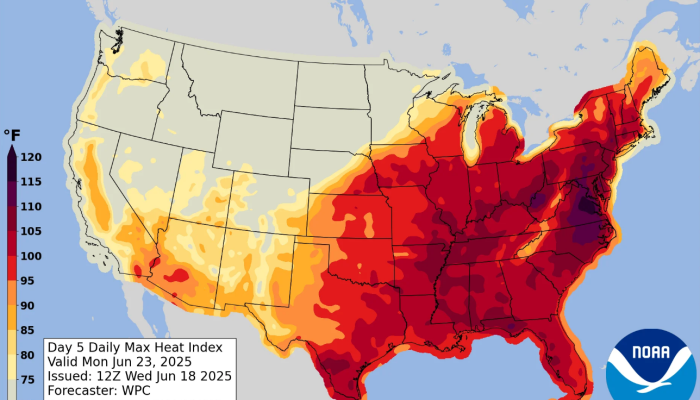Philadelphia is committed to achieving carbon neutrality by 2050. To track our progress towards that goal, we conduct periodic citywide greenhouse gas (GHG) inventories (emissions from municipally-owned sources are reported separately through the City’s Municipal Energy Dashboard) . These inventories play a vital role in helping policymakers assess the current sources of emissions, identify trends, and make decisions about climate mitigation priorities.
In 2021, the Office of Sustainability conducted a citywide GHG inventory for calendar year 2019 (the latest year for which data is available; 2020 data was not used due to it likely not being representative because of disruptions caused by the COVID-19 pandemic) to account for emissions and compare it against our 2006 baseline to track progress. This inventory follows international protocols for accounting for GHG emissions and includes direct emissions produced in Philadelphia, as well as indirect emissions from sources like electricity generated elsewhere, but used in the city.
Key findings of the 2019 GHG Inventory:
- In 2019, Philadelphia emitted 20 Million Metric Tons of Carbon Dioxide equivalent (MMTCO2e), a reduction of 20% from 2006 emissions. The electricity grid got significantly cleaner during this time – electricity generation from coal decreased from 45% in 2006 to 12% in 2019.
- Electricity use in buildings and industry declined slightly in 2019 from a 2006 baseline, despite an increase in population and need for cooling.
- Buildings and industry remain the biggest contributors to our GHG emissions, accounting for almost 70% of citywide emissions, with the majority coming from energy use in the commercial, industrial, and residential sectors; however, emissions from these sectors declined by 31% since 2006. The commercial and industrial sector accounted for 39% of these emissions and the residential sector for 31%.
- Natural gas is the dominant fuel used in Philadelphia’s buildings. While electricity use in buildings and industry declined slightly since 2006, natural gas use (and corresponding emissions) increased, especially in the residential sector.
- The PES refinery accounted for approximately 7% of citywide emissions in 2019, despite operating for only half the year. Its closure led not only to a reduction in overall emissions but may also have had downstream effects on marine freight shipped and corresponding emissions.
- Transportation emissions overall increased by 5% since 2006, due to an increase in Vehicle Miles Traveled, which may have been a result of population increases in the city.
- Emissions from waste and wastewater treatment declined by 46% since 2006, driven by a cleaner grid, waste and wastewater management improvements and a reduction of 34% in the amount of waste incinerated and sent to landfills.
- Philadelphia’s tree canopy sequestered approximately 78,000 MTCO2e, despite a net canopy decrease of 6% since 2006.
You can read the GHG Inventory Summary for additional key insights, and the GHG Inventory Report for detailed results and methodology.




